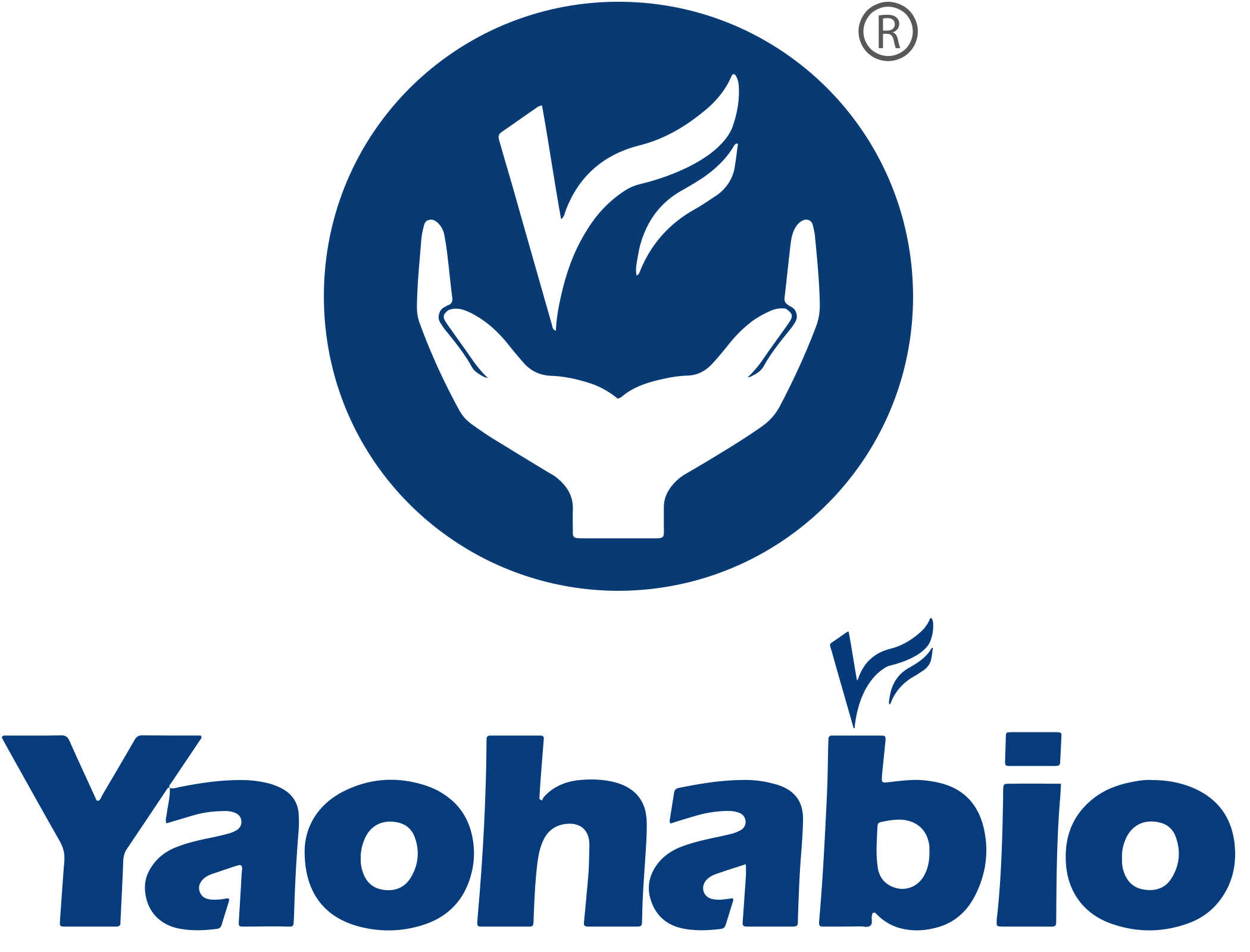VLPs and Its Manufacturing Process
Virus-like Particles (VLPs) are unique biomaterials that have similar structures to viruses but essentially do not contain viral genetic material such as DNA or RNA. Therefore, VLPs wouldn't lead to infections in the human body. Due to this characteristic, they have shown tremendous potential in vaccine development, especially in the design of vaccines against hepatitis B, human papillomavirus (HPV), and the Coronavirus disease 2019 (COVID-19).
In recent years, VLP technology has undergone rapid development in the field of preventive medicine. It successfully promotes the development of highly effective vaccines against various infectious diseases.
1. Development of VLP Vaccine
Over the past three decades, the application of VLPs has gradually expanded, especially in the field of vaccines. Several VLP-based vaccines have already been commercialized or have entered various stages of clinical research. The Hepatitis B Virus (HBV) VLP vaccine was the first VLP-based vaccine to be approved, followed by the approval of the Human Papillomavirus (HPV) and Hepatitis E Virus (HEV) VLP vaccines. In 2021, a malaria vaccine was also approved for release. Additionally, Norovirus VLP vaccines and Influenza VLP vaccines are currently undergoing clinical trials.
2. Function of VLPs In the Human Body
VLPs can trigger the immune system because they can be recognized as foreign substances by the host’s immune system, thus activating a specific immune response. This makes VLPs a safe and effective vaccine platform for preventing various viral diseases.
In addition, VLPs can also be used as delivery systems to deliver specific molecules or drugs to specific cells within the body. Since VLPs mimic the entry pathway of viruses, they can be used to study the life cycle of viruses and develop new antiviral treatment methods.
3. Expression Systems of VLPs
There are numerous expression systems for VLPs, and each method has its advantages and disadvantages. Now let's delve into some commonly used expression systems.
1) Bacteria
Bacteria are one of the most widely used expression systems, with Escherichia coli being the most common bacterial host cell for VLP production. The advantages include low production cost, rapid cell growth, high protein expression levels, and easy scalability. Various VLP vaccines produced using the E. coli expression system have entered clinical trials. Yaohai Bio-pharma has successfully assisted many a client in developing and manufacturing several kinds of VLP vaccines in E. coli system. Besides E. coli, the successful formation of VLPs has also been observed in other bacteria, such as Lactobacillus casei.
2) Yeast
Yeast is commonly used for the production of VLPs, especially for the generation of non-enveloped VLPs. Saccharomyces cerevisia and Pichia pastoris are favored due to their fast cell growth, high protein yield, scalability, and ability to perform certain post-translational modifications (PTMs). Currently, two FDA-approved VLP-based vaccines, Engerix-B (HBV vaccine) and Gardasil (HPV vaccine), are produced in yeast expression systems. However, a major limitation of yeast expression systems is the lack of complex PTM pathways, which restricts their applications in the production of VLPs.
Yaohai Bio-Pharma excels in developing and screening strains of E. coli and yeast. Yaohai Bio-Pharma has accumulated vast experience in the development and production of prophylactic and therapeutic VLP vaccines, other vaccines, and pharmaceutical proteins.
3) Others
Other expression systems include baculovirus-insect cell expression, plant expression, animal cell expression, and cell-free expression. Their advantages include high expression levels and convenient PTMs, but the disadvantages are also obvious. For example, cell-free expression and animal cell expression involve high production costs and long cycles.
4. Optimization of VLP Manufacturing Process
Although the expression platforms of VLPs have been established and optimized in the past, their biological efficacy still faces challenges in meeting future demands. To address these limitations, numerous efforts have been made to optimize VLPs. For instance, through optimizing cell culture media, cell line engineering, applying rational design methods (experimental design), and modifying media composition. Significantly, Yaohai Bio-Pharma has mature CDMO services and has already used these optimized methods to increase the productivity of VLPs. Yaohai Bio-Pharma continues to optimize and develop the manufacturing process to meet the client's expectations.
Yaohai Bio-Pharma is also actively seeking institutional or individual global partners and offers the most competitive compensation in the industry. If you have any questions, please feel free to contact: [email protected]
Hot News
-
Yaohai Bio-Pharma Passed EU QP Audit and Attains ISO Triple Certification
2024-05-08
-
BiotechGate, Online
2024-05-13
-
2024 WORLD VACCINE CONGRESS Washington
2024-04-01
-
CPHI North America 2024
2024-05-07
-
BIO International Convention 2024
2024-06-03
-
FCE COSMETIQUE
2024-06-04
-
CPHI Milan 2024
2024-10-08

 EN
EN
 AR
AR
 HR
HR
 CS
CS
 DA
DA
 NL
NL
 FI
FI
 FR
FR
 DE
DE
 EL
EL
 IT
IT
 JA
JA
 KO
KO
 NO
NO
 PL
PL
 PT
PT
 RO
RO
 RU
RU
 ES
ES
 SV
SV
 IW
IW
 ID
ID
 LV
LV
 LT
LT
 SR
SR
 SK
SK
 SL
SL
 UK
UK
 VI
VI
 ET
ET
 HU
HU
 TH
TH
 TR
TR
 FA
FA
 AF
AF
 MS
MS
 BE
BE
 MK
MK
 UR
UR
 BN
BN

